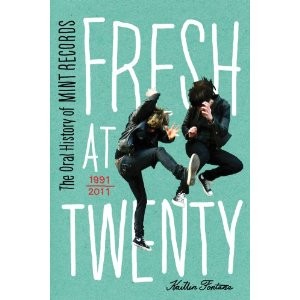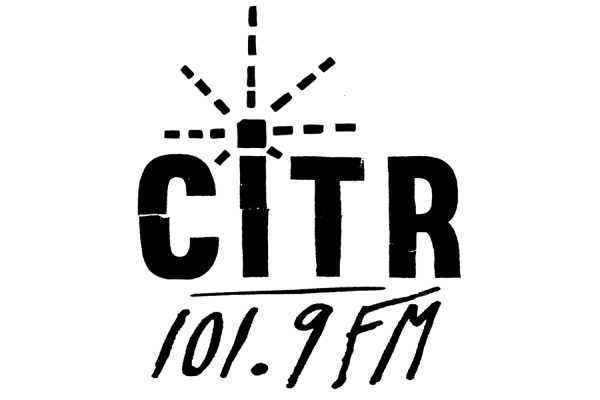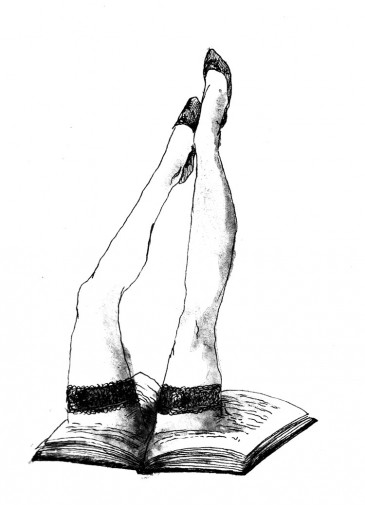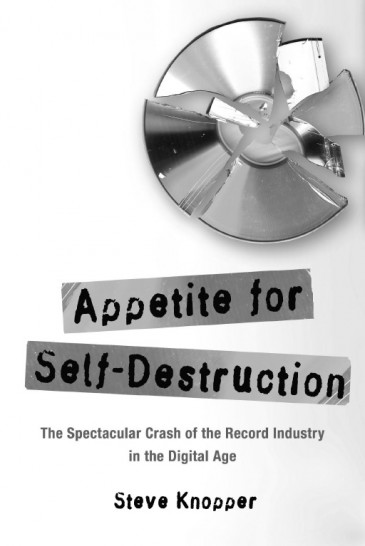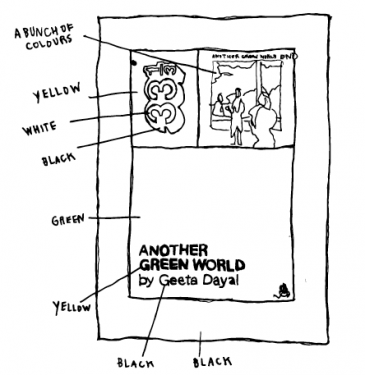
In 1975, the same year he recorded Another Green World and Discreet Music, started his own record label, Obscure, and put out Evening Star with guitarist Robert Fripp, Brian Eno and his painter friend Peter Schmidt began producing a little black box called Oblique Strategies: over a hundred worthwhile dilemmas. Inside the box were 113 cue cards, and on each one they printed a tactic (“Change the speed”), a principle (“Gardening, not architecture”), or a prompt (“Do nothing for as long as possible”)—random, fortune-cookie koans that had helped them escape a creative fix.
At age 60, Eno apparently still uses Oblique Strategies, which have so far got him through 41 studio albums, producing Devo, U2, the Talking Heads, the Windows 95 start-up sound, and the chimes for a ten-thousand-year clock.
And, as Dayal tells it, the summer of 1975 was definitely a time that Brian Eno needed the cards and the “developed sense of play” that Robert Fripp rates so high in his music-making. At the outset, Eno had invited the likes of Fripp, John Cale, Percy Jones and Phil Collins into a £500-a-day studio with just one holdover song (“I’ll Come Running”) but little else in the way of a set plan.
It does not spoil Dayal’s book to say that what followed involves a cake, or an 80-foot tape loop strung up on rolling pencils, or Brian Eno telling his severely talented musicians things like, “Right, we’ll now play a piece that lasts exactly 90 seconds and each of you has got to leave more spaces than you make noises.” Nor does it hurt to mention that Eno gave the strategies a credit on the back of Another Green World.
It doesn’t much matter because Dayal’s is a book about process, not a “making of.” Among the now 70 entries in 33 1/3—a series that invites writers to wax on key albums in a slim back-pocket book—Dayal’s is a stand-out. She is an MIT whiz kid who graduated from cognitive science to arts reporting at the Village Voice and the New York Times. And to write this book, Dayal herself took cues from Oblique Strategies.
Fifteen of the cards make up her chapter titles, and only one—“Ask people to work against their better judgment”—offers the kind of track-to-track safari you might expect from this series. Another two chapters skip mentioning Another Green World entirely, choosing instead to cover Discreet Music, Brian Eno’s other, almost ambient album of that year, and to slightly deflate the myth that surrounds its bedridden beginnings.
Dayal’s approach sees her work, Eno-like, by going at a problem sideways: rather than interview the musician himself, she dug into the archives, Eno’s favourite books list, and spoke to number of collaborators, assistant engineers and ex-girlfriends who were around him at the time Another Green World was made. The result is a book one quarter the length of David Sheppard’s On Some Faraway Beach: The Life and Times of Brian Eno, but Dayal’s has a rich little bibliography full of John Cage lectures and texts on cybernetics.
Personally, Another Green World is one of my desert island discs and, especially when listening to an album that’s got just a handful of rock songs scattered through a set of two- and three-minute tone poems, I am glad not to remember a detailed, track-by-track backstory every time I play it. As well as the music, Dayal’s book evokes a lot of the insights that shaped Another Green World, insights that may be useful to pretty well anyone.


